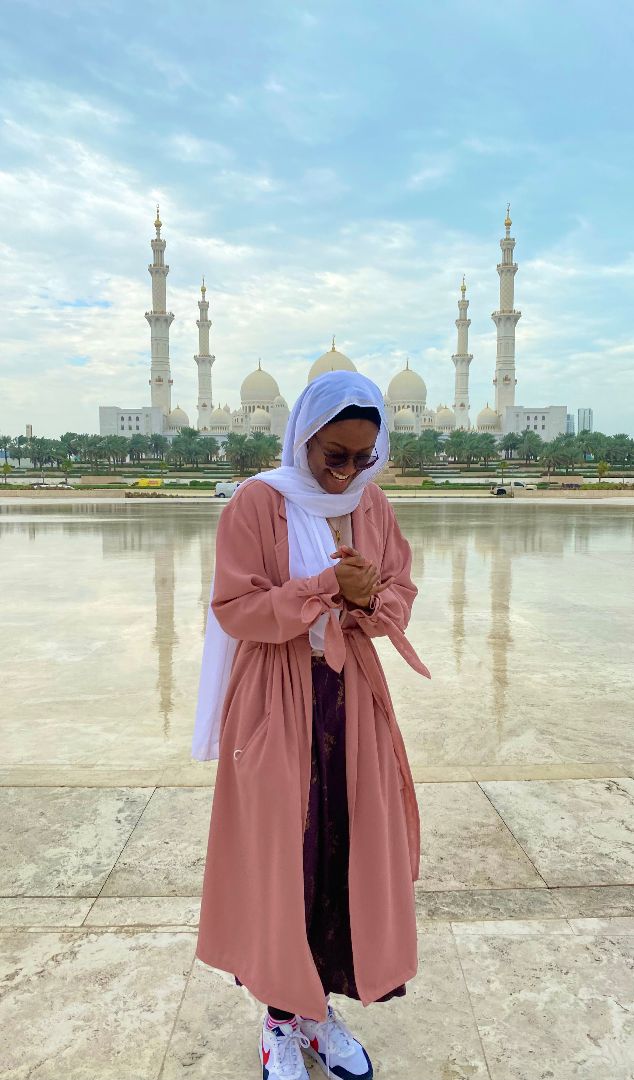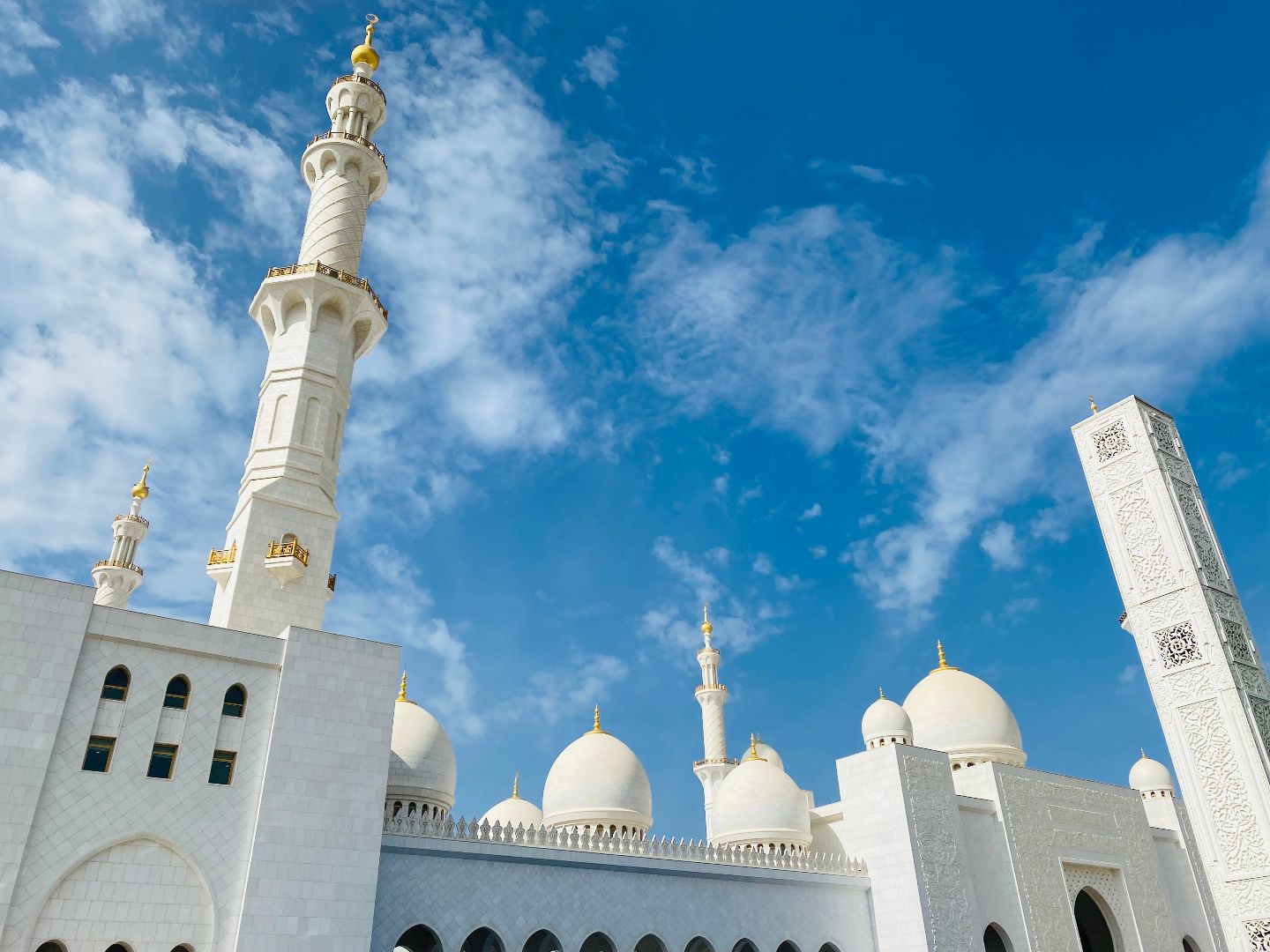
The feeling of fearful wonder did not disappear when I visited Dubai for the first time. Even the airport floor was a blazing white, it looked as if you could keep running and running and find the end. Architectural marvels like the Burj Khalifa, the world’s tallest building, and Cayan Tower, a spiral building on the edge of the Marina fill the skyline. Parts of the city could be mistaken for Times Square, Las Vegas, downtown Chicago, or Miami, but Dubai is a league of its own. On the first day of our program, I saw the nighty fountain show outside the Burj Khalifa. The building lit up blue and purple, and La Vie en Rose played as the water danced like ballerinas. On the last day of the program, during a drive back to Dubai from Sharjah, I witnessed the Burj light up again from kilometers away. The goosebumps up my arms returned, and I even resisted blinking to miss a moment of the show. It was mind-blowing to think that the roads were once sand, and the sand was once underwater.
Above all, I was determined to learn more about the foreigners in Dubai who constitute a mighty 90% of the population. The hotel staff, restaurant workers, and even our tour guide were South Asian or Southeast Asian. Dubai brags about harmonious diversity, yet, the discrimination against foreigners is clear. An Arab officer checking the vaccination cards and PCR tests at the border of Abu Dhabi did not believe my two IDs were mine nor did he believe a Mexican classmate was an American citizen. Passing through the narrow markets of Old Dubai, Desi men would hilariously call out “Obama” or call me “Nicki Minaj”. Their ignorance did not enrage me, instead, it reminded me of Malaysia and Singapore where Asian women would touch my brown skin without consent, and my own family would call me “negro”.

Name: Myrah Rafiah Beverly
Status: Senior
Major: Comparative Cultures and Politics
Hometown: Park City, Illinois
Program: Globalization of Consumerism and Community in Dubai